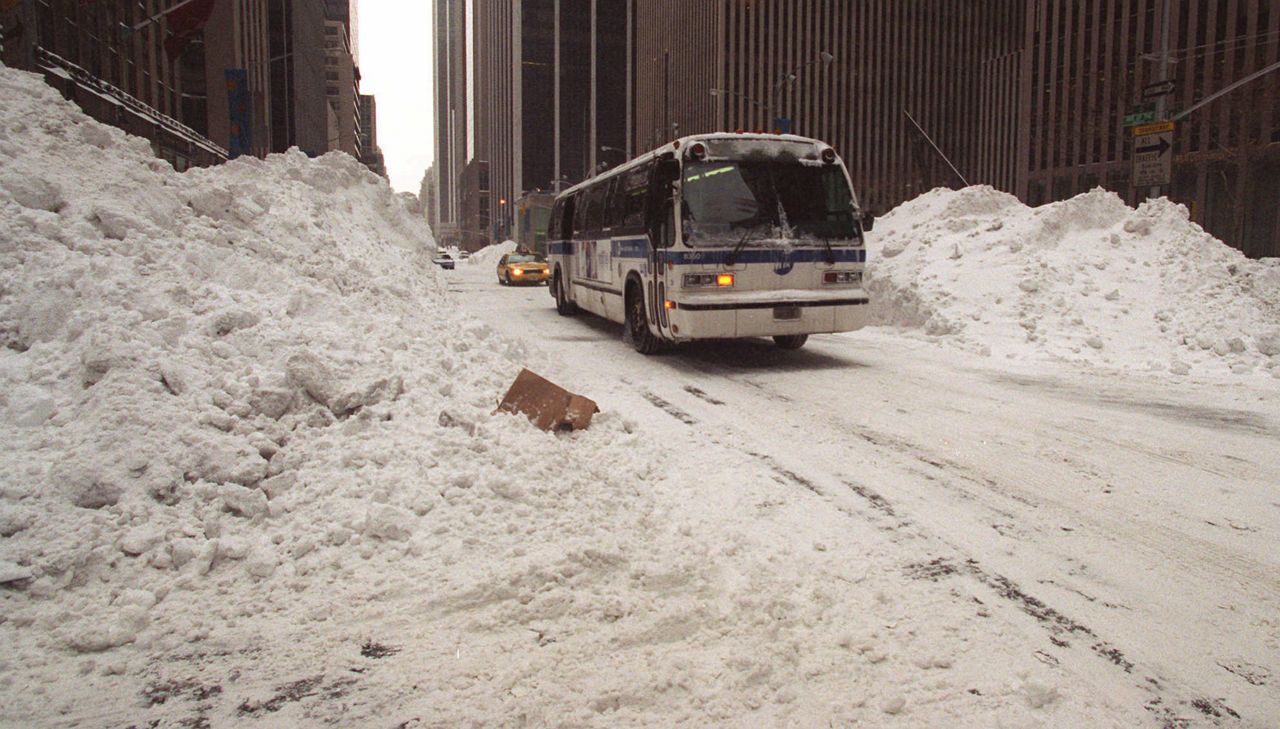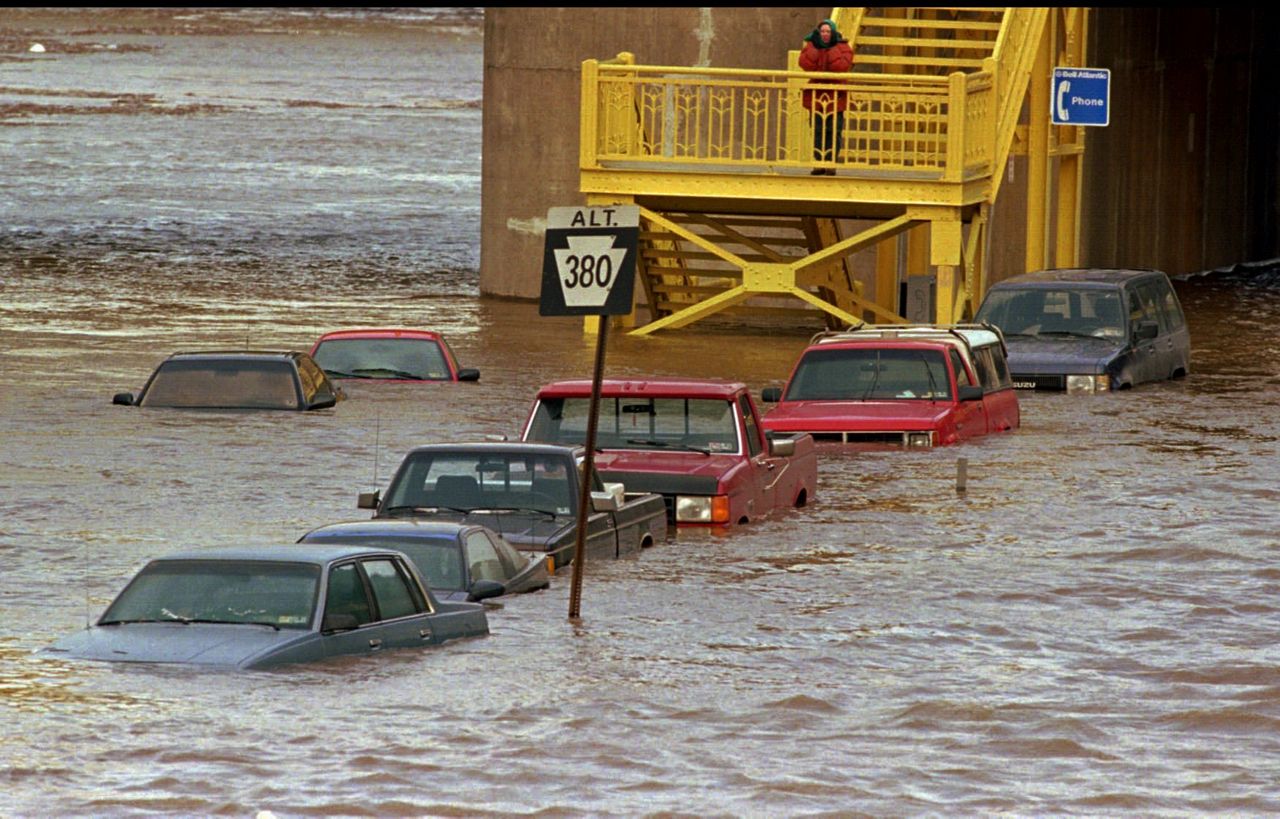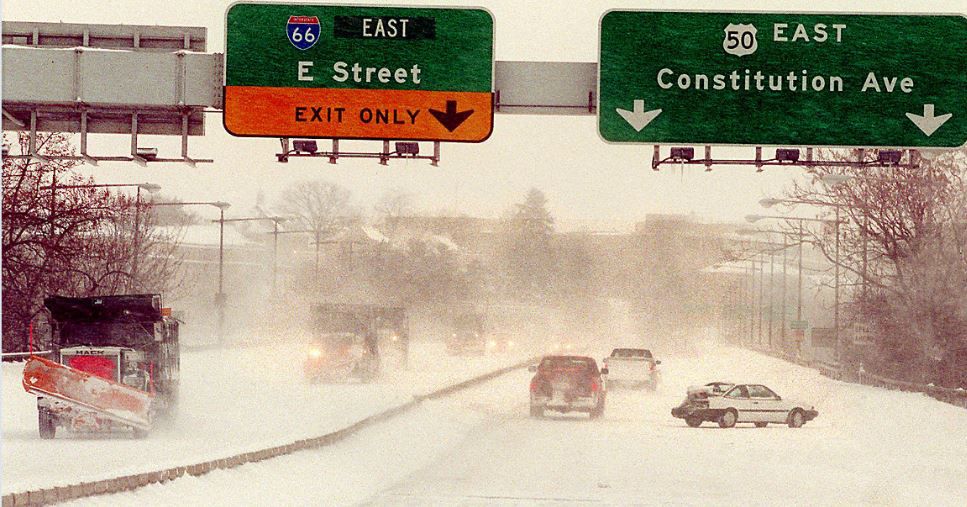Feet of snow, howling winds, and frigid temperatures: We’re approaching the 27th anniversary of one of the largest snowstorms on record for the Mid-Atlantic and Northeast.
A classic nor’easter, the storm originated in the Southeast, gathering moisture from the nearby Gulf of Mexico. With high pressure anchored over Canada, this moisture encountered a wall of cold, arctic air as it moved north.
Snow would break out across parts of the Mid-South on Jan. 6, with places like Asheville and Greensboro, N.C. picking up nearly a foot of fresh powder.
Farther east, even cities like Charlotte and Raleigh got in on the action, receiving several inches of snow on top of an icy glaze of sleet and freezing rain.
As the area of low pressure intensified, strong winds accompanied the heavy snow. Winds gusted over 60 mph in parts of New Jersey, leading to blinding, whiteout conditions.
New York City recorded just over 20 inches of new snow, their fourth-largest snowfall in over a century. Nearby areas like Newark, N.J. saw as much as 30 inches.
Spectrum News Chief Meteorologist John Davitt was just beginning his career as a professional forecaster in NYC.
“The Blizzard of 1996 will always be a source of strong memories for me,” said Davitt. “The blizzard shut down the city completely. There was no way the plows could keep up. The image that sticks in my mind was New Yorkers literally cross-country skiing in Times Square.”

To add insult to injury, record rainfall and unseasonably warm weather would follow the storm, leading to rapid snowmelt across the region. Major flooding, not seen in decades, would ensue.

"After the storm, we had a fast warmup, and we went from worrying about a blizzard to dealing with flooding from the rapidly melting snow," Davitt recalled. "The snow became so heavy from the rain and warmup that some roofs collapsed."
Over 150 people lost their lives in the winter storm, one of the deadliest in U.S. history. An additional 33 people lost their lives in the flooding that would follow.
The blizzard also caused billions of dollars in damage, ranking the snowstorm as one of the costliest. The storm became just one of two, joining the Superstorm of 1993, which received a rating of 5, the highest category, on the Northeast Snowfall Impact Scale (NESIS).
"Since the Blizzard of '96, other storms have brought more snow to the Big Apple," said Davitt. "But this is the one that I'll remember forever."
Our team of meteorologists dives deep into the science of weather and breaks down timely weather data and information. To view more weather and climate stories, check out our weather blogs section.



